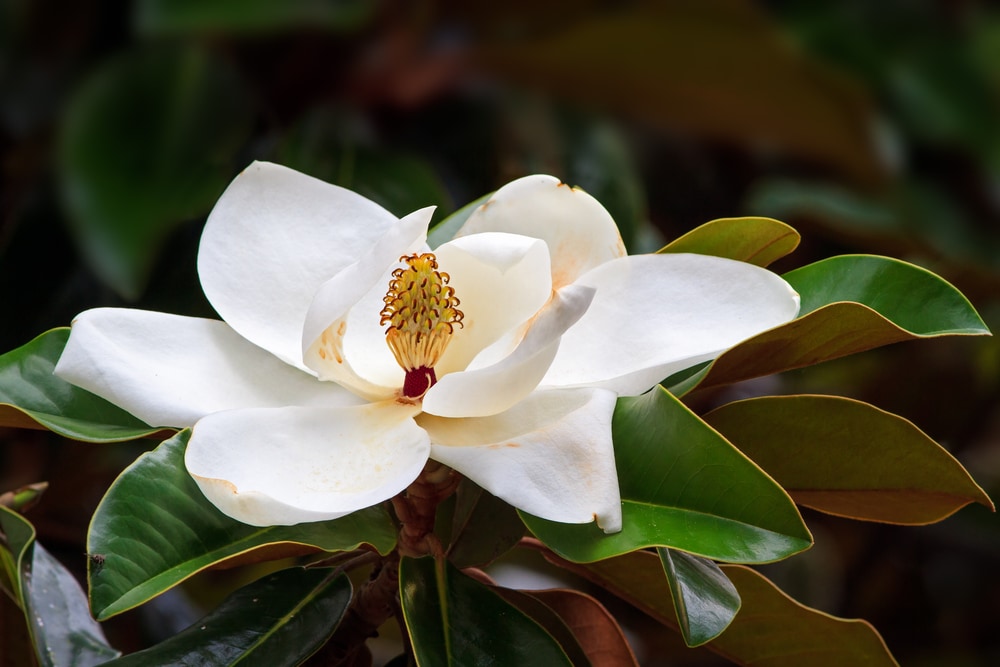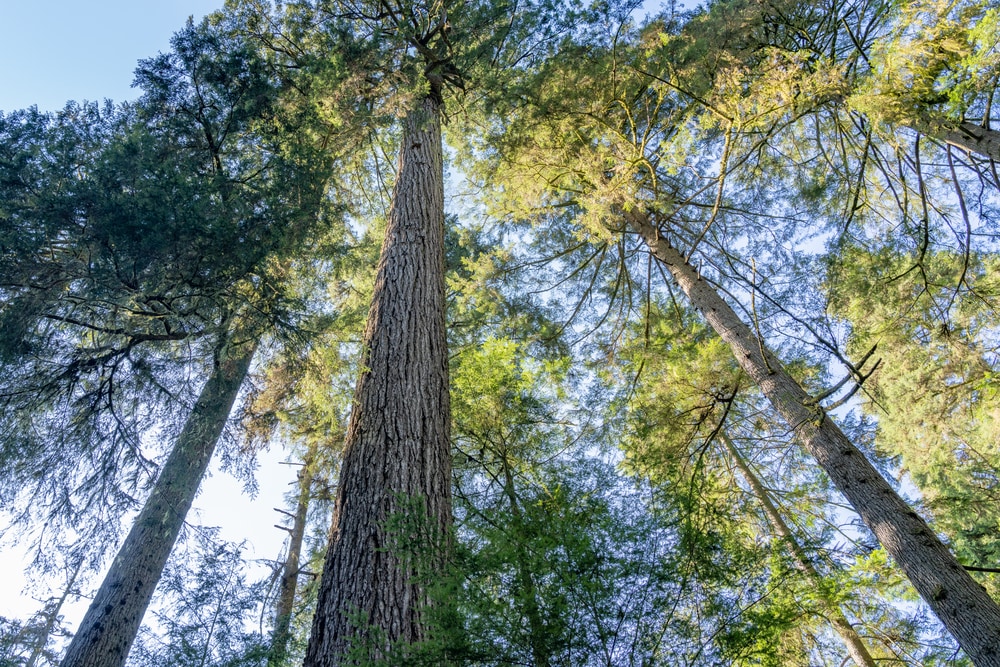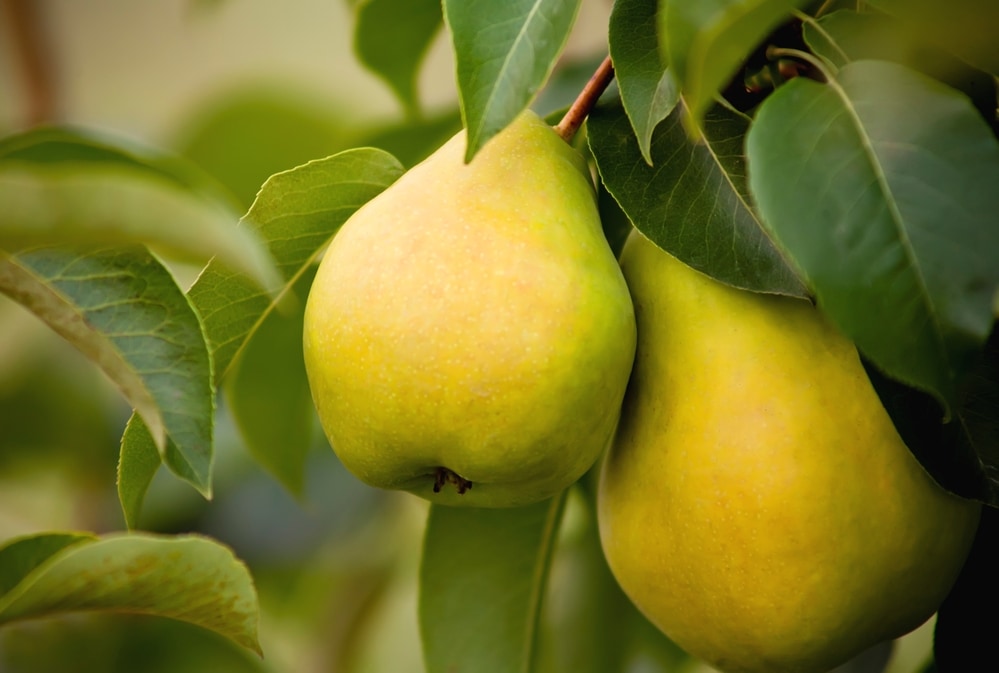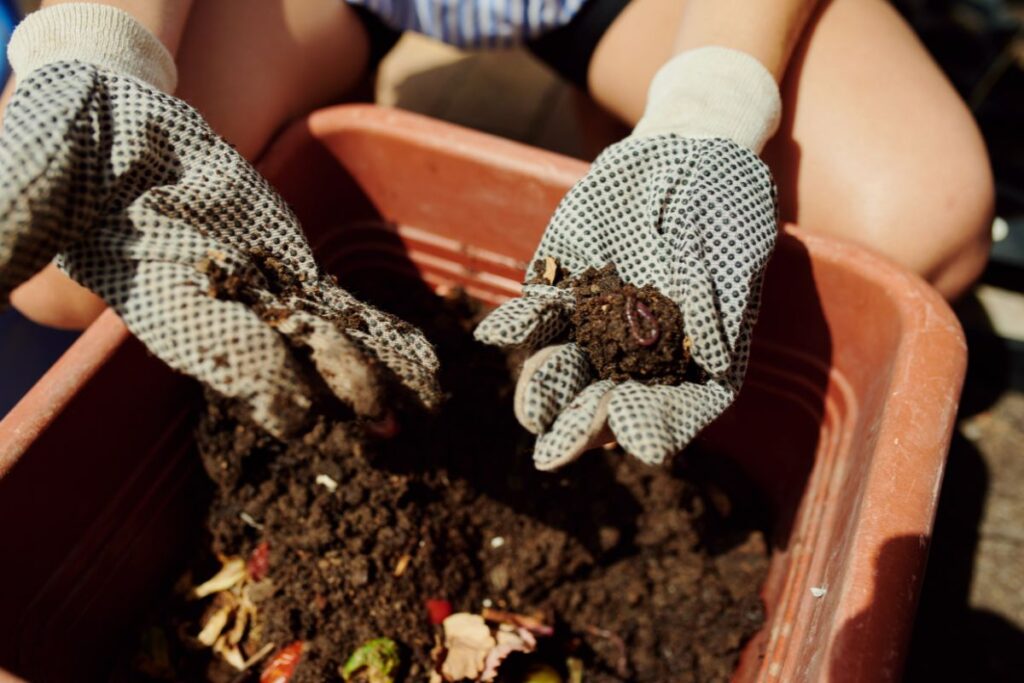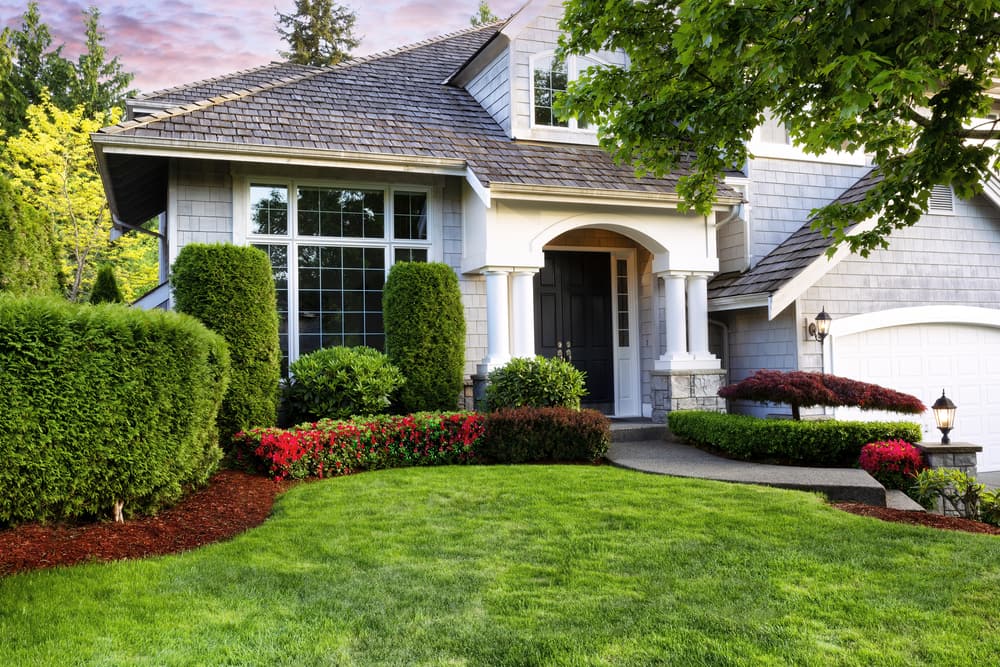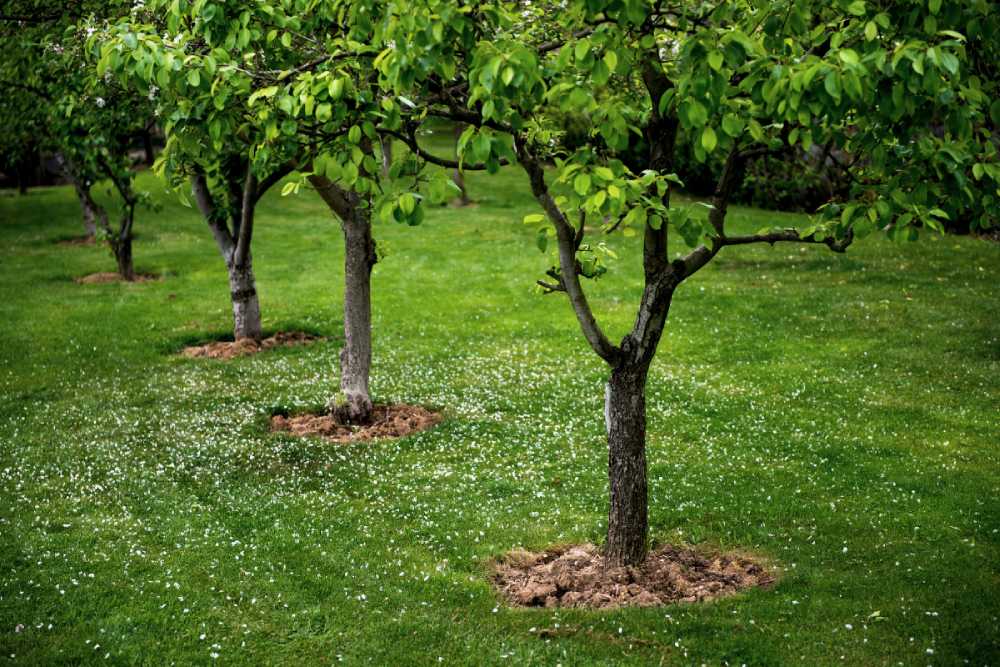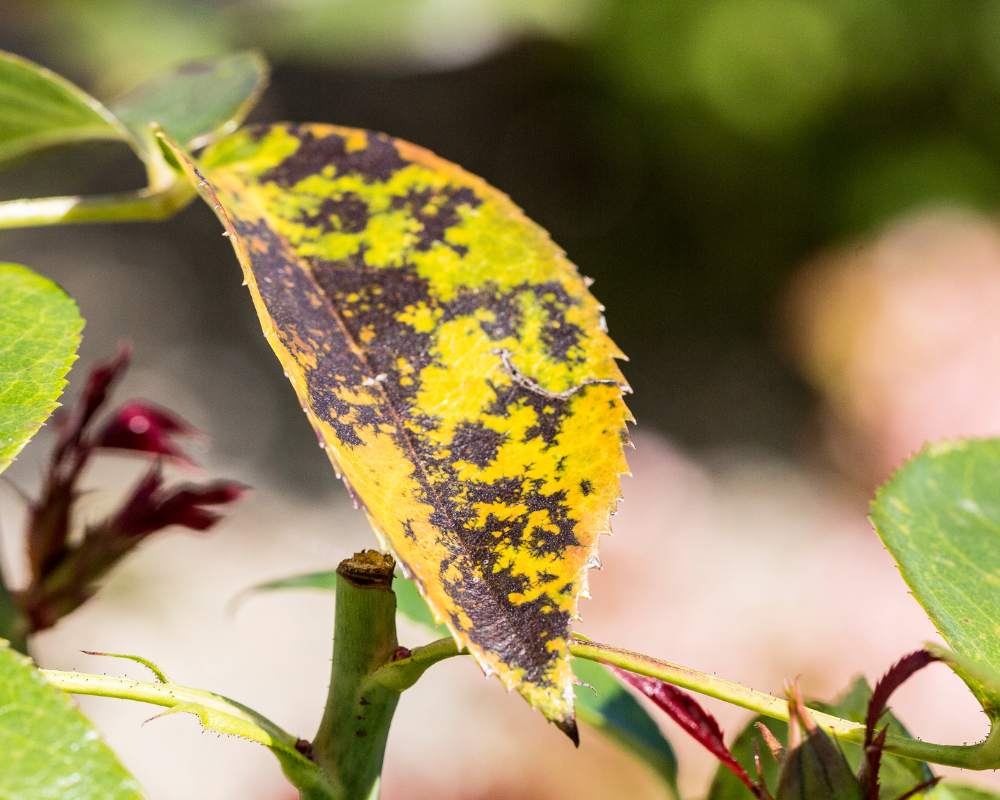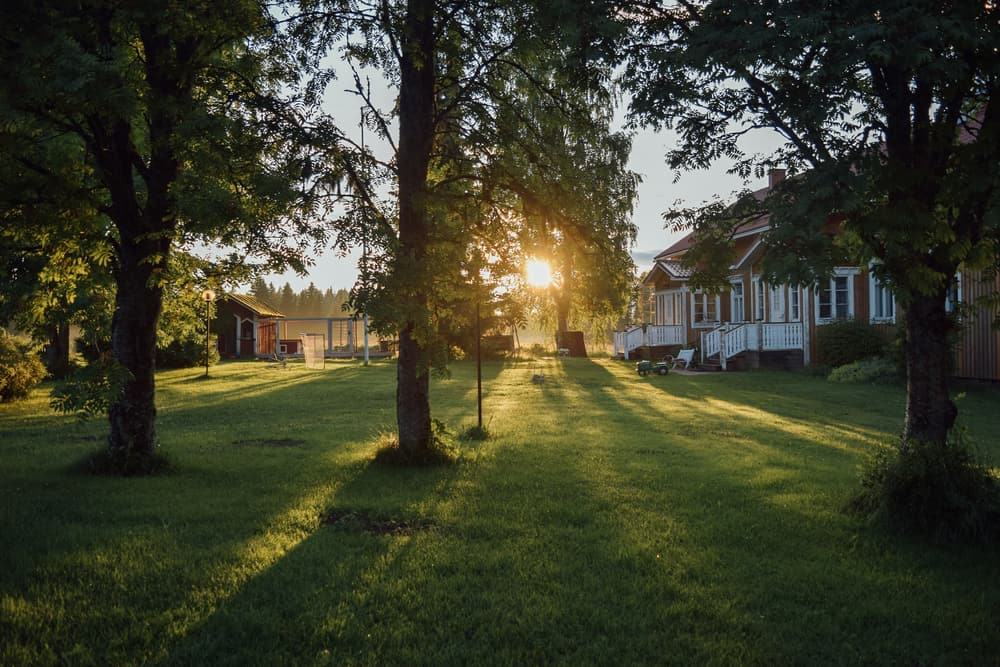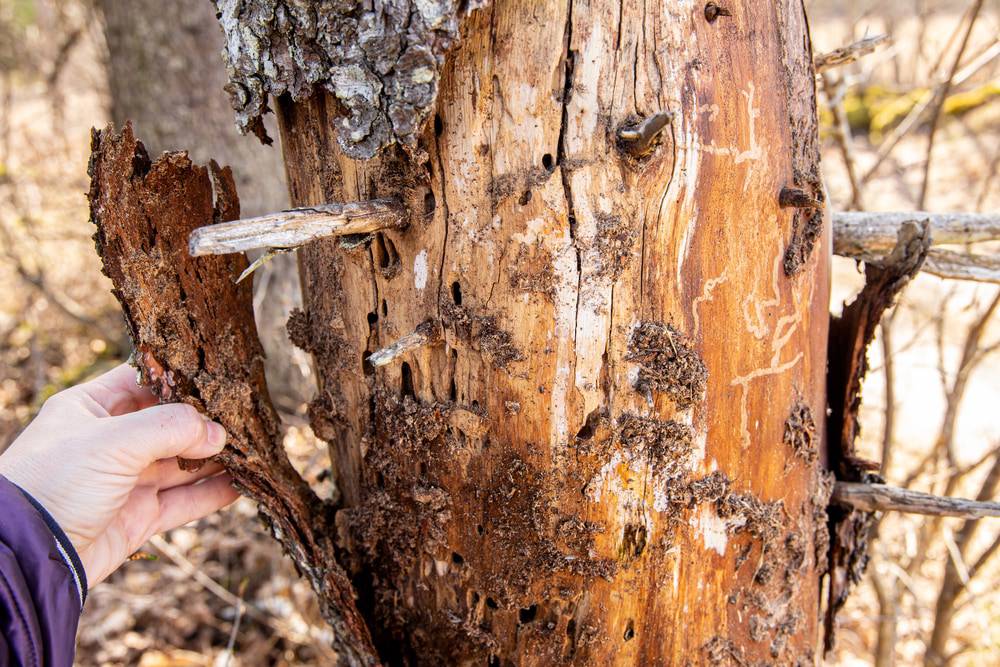
Certified arborists in Vancouver, BC share insights about one of their most valuable services.
How Do Tree Risk Assessments Protect Home and Property Owners?
It’s no secret that trees add huge value to a lot. However, along with the value comes some liability. Too often, strong summer winds or frigid winter temperatures can damage trees that are near homes and businesses. When this occurs, it is the owner’s responsibility to take charge and determine what the risks to people and property may be. To accomplish this, a savvy owner will call in the help of their certified arborist.
When an arborist is called to determine the health and safety of the trees on a lot, they will perform a service called a tree risk assessment. A tree risk assessment is an industry-standard procedure that allows certified arborists to quantify the risks that a tree may pose to its surroundings. The process is quick and easy and can help a tree owner take action to prevent damage to the trees and structures. Here is a quick guide to help owners understand the process.
Stop Damage to the Trees
One of the main concerns of tree owners is the continued health of their trees. A healthy tree can defend itself against invaders like fungus and bacteria as well as mend itself when limbs are lost to severe weather. However, when environmental stressors pile up like repeated droughts and cold temperatures, the tree can have a hard time recovering.
Some of the signs of damage that experts look for during a tree risk assessment are:
- Mushroom or fungal growth
- Hollow spots in the trunk
- Rotting wood
- Foliar problems
- Soil degradation
- Leaning trees
- Root damage
Once a tree risk assessment is done, the owner and arborist can work together to come up with a plan. The plan will include certain aspects of tree health care that will increase the chances of the tree’s survival, thus preventing future damage to the property.
Prevent Damage to Structures
When trees are damaged they often cause collateral damage to nearby homes, businesses and roadways. A tree risk assessment not only determines the future health of the tree but it also measures the distance from things that the tree might damage. These documents are invaluable when it comes to helping the owner calculate risks to the tree’s surroundings. By scheduling a tree risk assessment the owner can have a detailed account of the trees on their property and the problems they may cause. This helps the owner and arborist develop a plan to lessen the damage that trees may do.
Keep the Property Safe and Healthy
As every owner knows, the landscaping and trees around a property are a huge asset. With the harsh changes in weather, trees can start to suffer. Additionally, allowing trees to grow with no human intervention can allow them to get out of hand. Overgrowth and encroachment can start to occur over time and these can endanger the health of the trees and the safety of the property.
When the owner buys a property or seeks to change insurance companies, it is common practice to require an expert’s opinion on the trees. Insurance companies will request that a certified arborist perform a tree risk assessment on trees that overhang rooflines or sidewalks and streets. Working with the best local arborists can allow owners to get the best insurance rates while not paying for coverage they don’t need. In addition to determining the safety of the trees, arborists can also amend any potential problems that may raise rates or require claims in the future.
About VI Tree Service
VI Tree Service is a tree service company run by certified arborists. For expert tree risk assessments in Vancouver, BC call (844) 884-8733 today.

